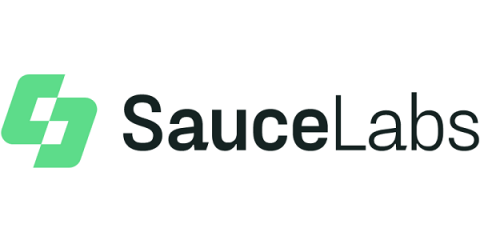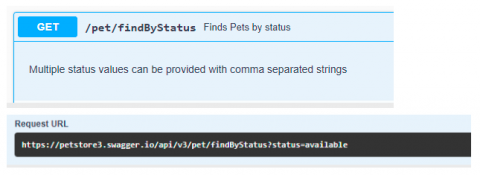Systems | Development | Analytics | API | Testing
API
Testing APIs is Every Bit Important as Testing the UI
What I see too often though is folks running multiple UI tests in an attempt to validate specific output values or logic. A much easier way to accomplish this task is to run specific API tests on the business logic of the software. Why should we do this? It’s much faster and easier to write these tests. We can have our developers supporting this process and not just Selenium or automation experts. 'Work smarter, not harder' is a theory we should all be familiar with.
Speedscale Teams Up With OSC Korea To Bring Traffic Replay Technology To Korea
A Complete Guide to CORS (Cross-Origin Resource Sharing) for REST APIs
Many current web applications rely on near-frictionless and simultaneous access to numerous API providers' Web APIs. However, the web's default is to prohibit such "loose" behaviour, much like a firewall that blocks access to untrusted parties in the name of security. That default, thankfully, can be safely altered. Before doing so, however, it is necessary for both Web application developers and API providers to understand the concepts of Cross-Origin Resource Sharing (CORS).
Metrics and Logs Are Out, Distributed Tracing Is In
In this episode of Kongcast, I spoke with Chinmay Gaikwad, the tech evangelist at Epsagon, about distributed tracing and observability for microservices architectures. Check out the transcript and video from our conversation below, and be sure to subscribe to get email alerts for the latest new episodes.
The Top 5 Mulesoft Alternatives
How to consume RESTful APIs in Low-code
APIs are created so that users can use them as a bridge to connect to applications and services. There are thousands of APIs available for consumption, and each API is unique. But it’s really easy to consume APIs to extend the capabilities of your Linx apps, even complex ones that require OAuth 2.0 tokens. Let us show you how with a real-life example.
Integrating Applications Through an API-First Approach
How to Generate a Redshift API
Generating Dynamic Signatures for API Authentication With Insomnia
Earlier this year, we hosted our inaugural Kong Summit Hackathon. This virtual competition engaged our open source community and offered recognition and prizes for hacks in various categories. The community delivered with ingenious plugins, hacks and documentation. In this blog post, we highlight our Insomnia plugin winner, Scott Harwell. Scott works with many hyperscalar cloud infrastructure vendors.









